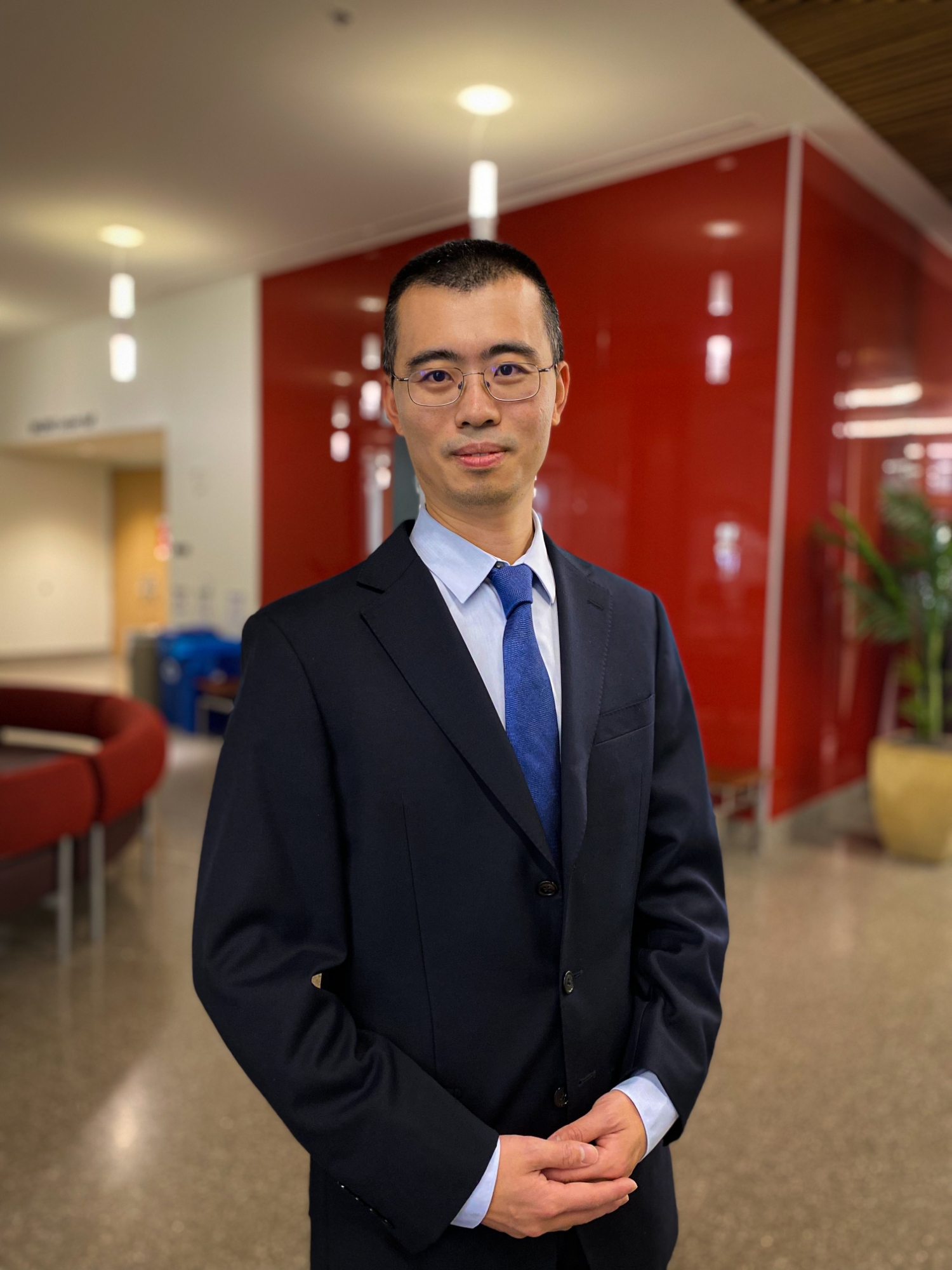
University of Oklahoma biomedical engineer Yuan Yang, Ph.D., has received nearly $2 million in funding from the National Institutes of Health and the American Heart Association to examine the impact of strokes and the movement impairments suffered by stroke patients.
Stroke is one of the leading causes of death in the United States and a major cause of serious disability for adults. With more than 7 million stroke survivors in the United States, strokes are disrupting lives at a rate of one stroke every 40 seconds, Yang says. Four out of five stroke patients have movement problems in their hands, arms and shoulders causing difficulties in reaching, grasping and opening their hands.
“In more severe cases, existing treatments are not effective due to an inadequate understanding of the changes experienced by the brain following a stroke, particularly when targeted treatment is not administered,” said Yang, an assistant professor at the Stephenson School of Biomedical Engineering at OU.
NIH awards $1.6 million
The NIH awarded Yang $1.6 million for a five-year project titled “Shift from Unilateral to Bilateral Sensory-Motor Connectivity in Chronic Hemiparetic Stroke.”
Yang is the study’s lead investigator with collaborating researchers at the OU Health Sciences Center and Northwestern University Feinberg School of Medicine. The team’s goal is to increase the understanding of the role of sensory feedback in the recovery of movements following a stroke.
“For decades, researchers have focused on investigating the changes in the motor control pathways to understand the cause of limited movement in stroke patients. However, how the sensory system changes after a brain injury and the role of sensory feedback to the abnormal movement patterns after a stroke are largely unknown,” Yang said.
AHA grants $231,000
The AHA awarded Yang $231,000 to study pathological changes in the nervous system associated with brain injuries or neurological disorders. The project, “Determine the Effect of Targets High-definition tDCS on Reducing Post-stroke Upper Limb Motor Impairments,” will address the need for precision rehabilitation to create interventions that combat movement impairments in stroke patients.
Researchers believe brain stimulation therapy may play a role in treating certain disorders. Transcranial direct current stimulation, tDCS, is a form of neuromodulation that uses constant, low direct current delivered via electrodes on the head. By testing this therapy on eight stroke patients at the OU Neural Control and Rehabilitation Laboratory, Yang found that each patient’s movement improved after the tests.
The next step is identifying new patients for a phase 1 clinical study. And while the science on tDCS is inconclusive, Yang says his team’s research is an essential step in the right direction.
“This brain-hacking technique has been shown to improve symptoms in neurological disorders, including stroke,” he said. “The funding from the American Heart Association will help us get a deeper understanding of these techniques.”
Yang’s research fits within the greater OU effort of growing biomedical research in the state. He and the many other researchers at the Stephenson School of Biomedical Engineering in the Gallogly College of Engineering, along with the clinicians and physician-scientists at the OU Health Sciences Center, are dedicated to discovering and creating treatments to help people with illnesses. The Stephenson School of Biomedical Engineering recently announced a $3.5 million gift from OU alumnus Michael Turner to support research efforts such as these.
To visit Yang's lab, click here.
To learn more about the Gallogly College of Engineering at the University of Oklahoma, visit ou.edu/coe.
By Lorene A. Roberson, OU Gallogly College of Engineering